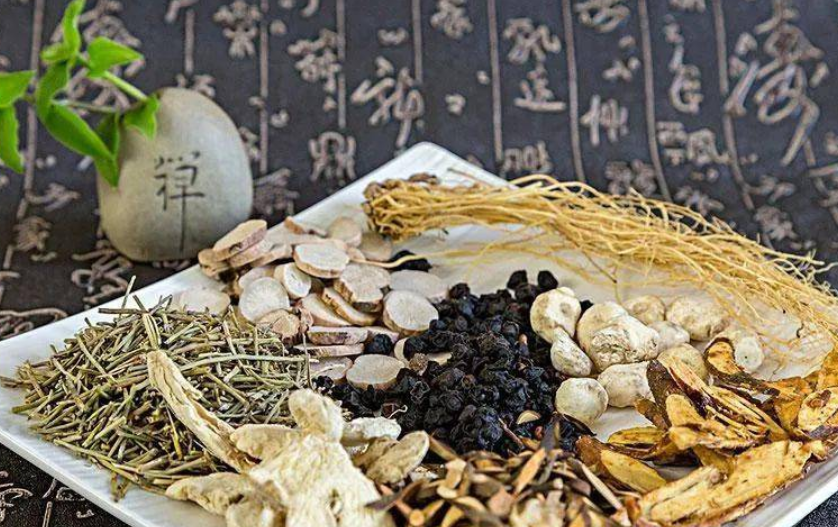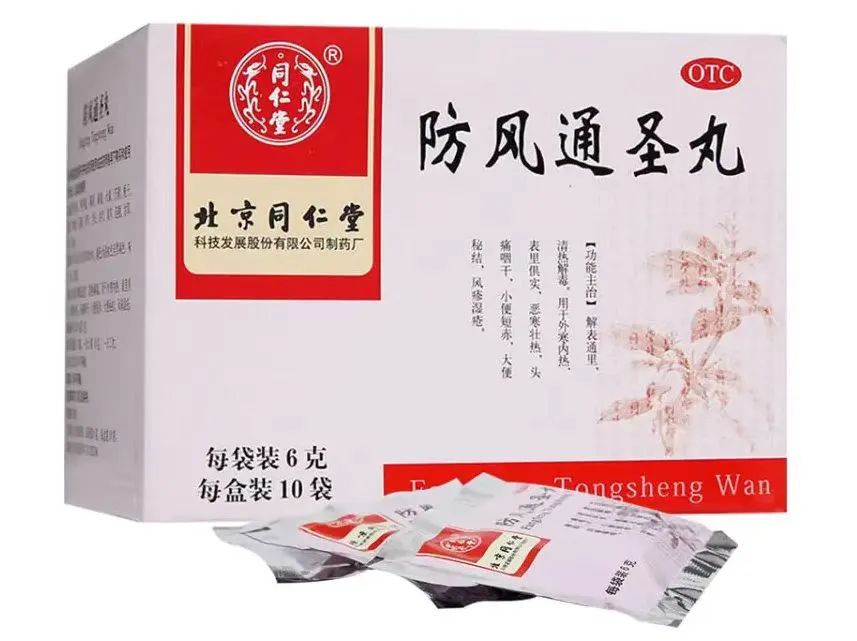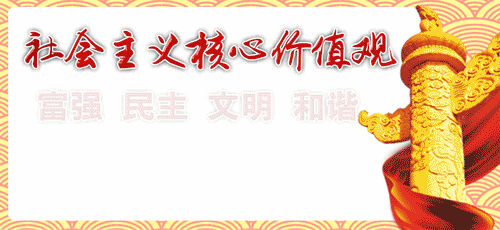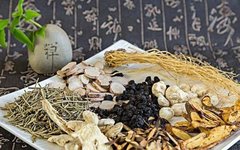Understanding the Dual Release Formula in Traditional Chinese Medicine
Dual Release Formula
The Dual Release Formula is primarily composed of 解表药 (jie biao yao) (exterior-releasing herbs) and 治里药 (zhi li yao) (interior-treating herbs), which have the function of dual release, used to treat conditions where both exterior and interior symptoms coexist. It embodies the combination of methods such as sweating, purging, clearing, and warming.

The treatment method of dual release is developed from the “combined disease and syndrome” treatment approach for the transmission of 伤寒 (shang han) (cold damage) through the six meridians. The principle of differentiating syndromes in 伤寒六经 (shang han liu jing) (six meridians of cold damage) is to first address the exterior before the interior; if the pathogen is at the muscle surface, one should use exterior-releasing methods, and if it has entered the interior, methods such as purging, warming, or clearing should be employed. The Dual Release Formula is designed for syndromes where both exterior and interior symptoms are present. This condition refers to the situation where the exterior symptoms have not resolved, yet interior symptoms are also evident; or where a pre-existing chronic illness is aggravated by a new pathogen, resulting in simultaneous exterior and interior symptoms. In such cases, if only exterior-releasing methods are used, the interior pathogen will not be eliminated; conversely, if only the interior is treated, the exterior pathogen will remain unresolved. Therefore, both exterior and interior must be treated together, allowing the pathogen to be resolved from both sides. As Wang Ang stated: “For diseases at the exterior, sweating and dispersing are appropriate; for diseases at the interior, purging and clearing are necessary. If the exterior symptoms have not been resolved and the interior symptoms are urgent, then one should ‘harmonize the exterior and interior and treat them simultaneously'” (from 医方集解 (yi fang ji jie)).
The types of dual diseases vary due to the differences between exterior and interior symptoms. Regarding exterior symptoms, there are distinctions between 表寒 (biao han) (exterior cold) and 表热 (biao re) (exterior heat); concerning interior symptoms, there are also distinctions between 里热 (li re) (interior heat), 里寒 (li han) (interior cold), 里虚 (li xu) (interior deficiency), and 里实 (li shi) (interior excess). Therefore, the syndromes of dual diseases can manifest as combinations such as exterior cold with interior heat, exterior heat with interior cold, both exterior and interior heat, both exterior and interior cold, exterior excess with interior deficiency, exterior deficiency with interior excess, both exterior and interior deficiency, and both exterior and interior excess. In summary, the aforementioned syndromes can be categorized into four types: exterior symptoms combined with interior cold, exterior symptoms combined with interior heat, exterior symptoms combined with interior excess, and exterior symptoms combined with interior deficiency. The Dual Release Formula is specifically designed to address the pathogenic causes and the nature of the dual syndromes, organically combining sweating methods with warming, clearing, purging, and tonifying methods to adapt to complex clinical conditions.
For the four types of dual diseases mentioned above, the Dual Release Formula is divided into three categories: 解表攻里剂 (jie biao gong li ji) (exterior-releasing and purging formula), 解表清里剂 (jie biao qing li ji) (exterior-releasing and clearing formula), and 解表温里剂 (jie biao wen li ji) (exterior-releasing and warming formula). Clinically, the key points for differentiation include exterior cold with interior heat, exterior heat with interior cold, exterior excess with interior deficiency, exterior deficiency with interior excess, as well as both exterior and interior cold, both exterior and interior heat, both exterior and interior deficiency, and both exterior and interior excess.
Clinically, it is used to treat conditions such as acute pancreatitis, acute cholecystitis, cholelithiasis, gastric and duodenal ulcers, obesity, habitual constipation, hemorrhoids, dysentery, gastrointestinal flu, and acute nephritis, which exhibit dual disease manifestations.

1. 解表攻里剂 (jie biao gong li ji) Suitable for conditions with exterior pathogens and interior excess accumulation. Symptoms include both exterior cold or heat and interior excess manifestations. For example, 防风通圣丸 (Fang Feng Tong Sheng Wan) (Fang Feng Tong Sheng Pill).
2. 解表清里剂 (jie biao qing li ji) Suitable for conditions where the exterior symptoms have not resolved, but interior heat is already intense. Symptoms include both exterior cold or heat and interior heat manifestations. For example, 葛根芩连丸 (Ge Gen Qin Lian Wan) (Ge Gen Qin Lian Pill).
3. 解表温里剂 (jie biao wen li ji) Suitable for conditions with exterior symptoms and interior cold manifestations. Clinically, symptoms of both exterior cold and interior cold are observed. For example, 小青龙胶囊 (Xiao Qing Long Jiao Nang) (Xiao Qing Long Capsules), 五积散 (Wu Ji San) (Wu Ji Powder).
Precautions
1. It is essential that both exterior and interior symptoms are present for application; otherwise, it is not appropriate;
2. Differentiate between the cold, heat, deficiency, and excess of exterior and interior symptoms, and then select the appropriate formula based on the condition;
3. Clearly distinguish the severity and priority of exterior and interior symptoms.



